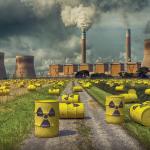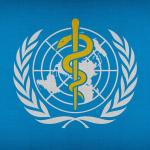A recent article in JAMA offered five possible roles for AI in healthcare:
Harm Reduction
Ketamine is an FDA-approved anesthetic, a Schedule III drug recognized as having significant medical value. Since it’s FDA-approved, it can be used off-label.
The manifold problems begin with the FDA’s authorization process for e-cigarettes.
A more strategic approach comes from a recent New England Journal of Medicine article.
Japan is planning to release tons of water from the Fukushima nuclear site into the Pacific Ocean – water contaminated with tritium, a radioactive form of hydrogen.
That clinical shorthand for prioritizing a diagnostic work-up is called an anchoring bias when physicians focus on an initial piece of information “when formulating a diagnosis without sufficiently adjusting to later information.” A common and con
From time to time, people decide that their own Life, Liberty, and the Pursuit of Happiness (to coin a phrase) are more important than the safety of their fellow citizens. But states have laws mandating that they protect public health, someti
Quick factoid reaffirms the concept of recency bias, the concept that more recent events hold greater weight than past ones, a bias we all have.
“This is a once-in-a-generation chance to fix some of the big weaknesses that we saw during COVID-19…. It could “make a tremendous difference for the next pandemic.”












